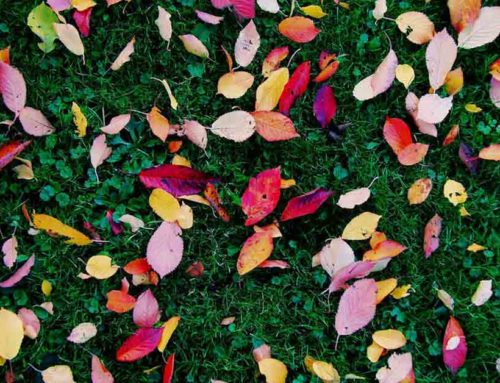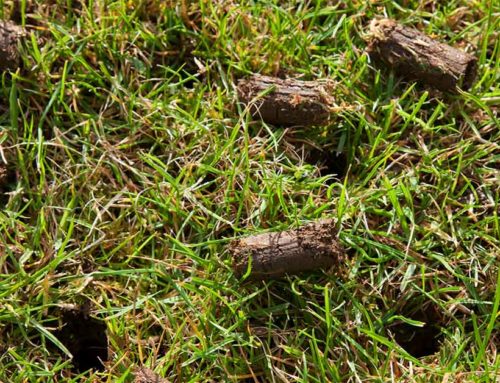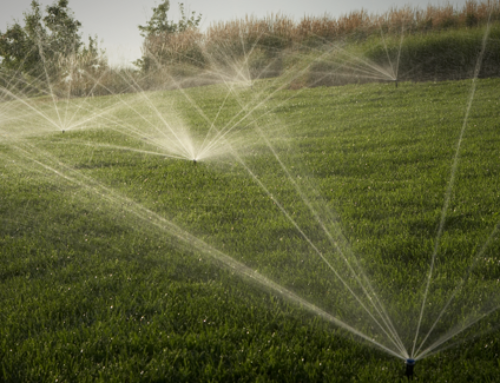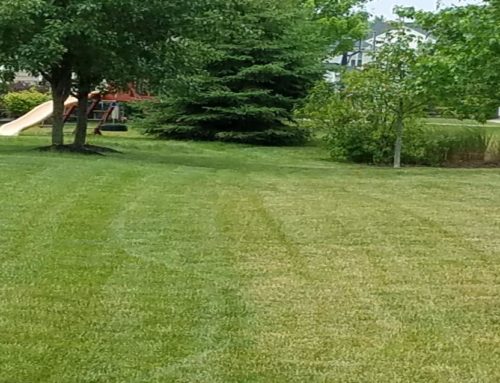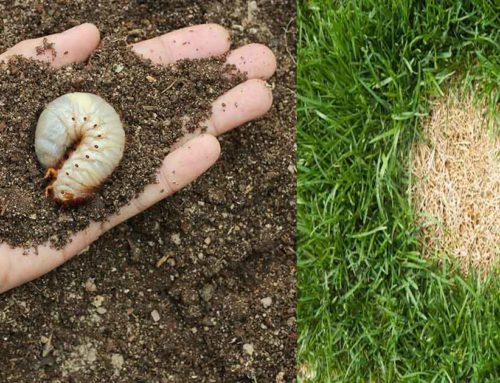Ornamentals
So lets change gears and talk about the rest of the landscape. First, I have had a lot of reports of trees that leafed out and just suddenly died or maybe never leafed out at all.
The may or may not be dead. This is in many cases been freeze damage from April. We had a nice mild winter and these trees and shrubs may look okay, but they will often not show signs of stress until much later, sometimes years later. A good tree and shrub fertilization program in the fall will go a long way. Trees show stress a few ways.
- They wilt and can have leaf curl
- They can turn yellow, brown, or maroon like spruce
- The leaves will often turn brown on the margins and in between veins
I have seen bacterial leaf scorch increasing over the last few years, but the way to tell the difference is with drought stress, the scorch is usually pretty uniform through the tree vs bacterial leaf scorch which is more random.
White pines are another odd-ball. The thinner bark of smaller branches can appear to be wrinkled and dehydrated, but the needles will still be green. White pines often die 6-12 months after the stressful event occurs. I know I will get calls next spring asking why someone’s white pine just all of a sudden died. It is sometimes hard for a client to understand that it died from damage sustained in the previous growing season.
You may also see leaf drop and premature fall color change. Leaf drop is very common with river birch and I often see color change in red and sugar maples.
Keep trees watered. The best way to do this is to flood them at the base-within 18-36 inches of the root flare. Why? A tree takes up almost all of its water at the base, 90% of the fine roots are within this zone. you can use a low-tech 5 gallon bucket method with a hole drilled in the bottom.
I want to make special note of Japanese maple. These trees are extremely sensitive to drought. This kind of weather is a common killer of them. It is actually a secondary cause called Armillaria root rot.
This disease can take out almost any tree and it is favored by drought conditions. Japanese maple are extremely susceptible to this. If any tree suddenly dies and the bark is cracked and peeling at the root flare and the wood underneath appears discolored. It could likely be Armillaria. Keeping trees watered will go a long way toward preventing this irreversible disease.
Trees and Shrubs under drought stress are more susceptible to diseases and insects, so tree and shrub programs should be an easy sell this year. Did you know that insects search out stressed plants? The can “hear” and “smell” drought stressed plants. Also, stressed trees, shrubs and plantings slow down producing compounds that protect them from attack from diseases and insects. All ornamental pests benefit from hot, dry conditions. The food source is much more concentrated and higher temperatures mean insects are more likely to survive and reproduce. Mites, wood-boring, and sucking/piercing insects benefit the most. I have seen huge numbers of warm-season mites this year-boxwood mite, honeylocust mite, and two-spotted spider mite are all out there.
I’ve also had reports of gypsy moth damage on residential properties. These guys are pretty easy to identify. They are brown, hairy, about 2 inches long, and have 5 rows of blue dots followed by 6 rows of red dots. They are not picky eaters and will devour everything green down to the stem.
I’ve also had reports of two-lined chestnut borer damage on oak. At first glance it could have been gypsy moth damage, decline, or a number of other potential issues. things to look for:
- The trunk looks like it is bleeding
- there were the d-shaped exit holes.
Other than that, things typically quiet down on the disease front.

